31 days of Family challenge
WEEK 3
Welcome to Week 3 of Our Family Photography Challenge!
If you're new here his is a challenge where we find and capture the beauty in our everyday family life. Here is a post that explains it in more detail if you're new here! And if you want to see previous weeks prompts you'll find week 1 here and week 2 here.
So let's see what we're clicking in week 3! By the way - you'll find more examples DAILY on our social media so make sure to follow us!
Monday: IN THE KITCHEN
Idea: The kitchen is more than just a place for cooking. It's a stage where family dynamics unfold, stories are shared, and memories are created. It's where the chaos of preparing a meal meets the calm of sharing it, where children learn and play, and where the family comes together, creating a tapestry of daily life. It’s about capturing the essence of family life, one photo at a time. By focusing on both the details and the wider family dynamics, your photographs will narrate the rich, multi-layered story of your family’s everyday life.
What to capture? Look beyond the individual and capture the interactions between family members. The helping hand of a sibling, the shared laughter over a spill, or a parent teaching a child how to knead dough. Document the routines that define your family’s kitchen life. It could be the making of a family recipe, the setting of the table, or the routine cleanup. Zoom in on the details – steam rising from a pot, hands chopping vegetables, or a face lit up by the oven light. Capture the essence of your kitchen. Is it a haven of peace in the early morning hours? Or is it a lively hub of activity during meal prep? While focusing on details, don't forget to step back and capture the bigger picture. A wide shot of the kitchen scene can reveal more about the family dynamics – who takes the lead, who enjoys observing, or how the space is shared and enjoyed by everyone. Show the unique atmosphere through your lens, whether it's the serene morning light or the lively chaos of cooking. Finally, you could set the camera on a tripod and capture yourself in the kitchen!
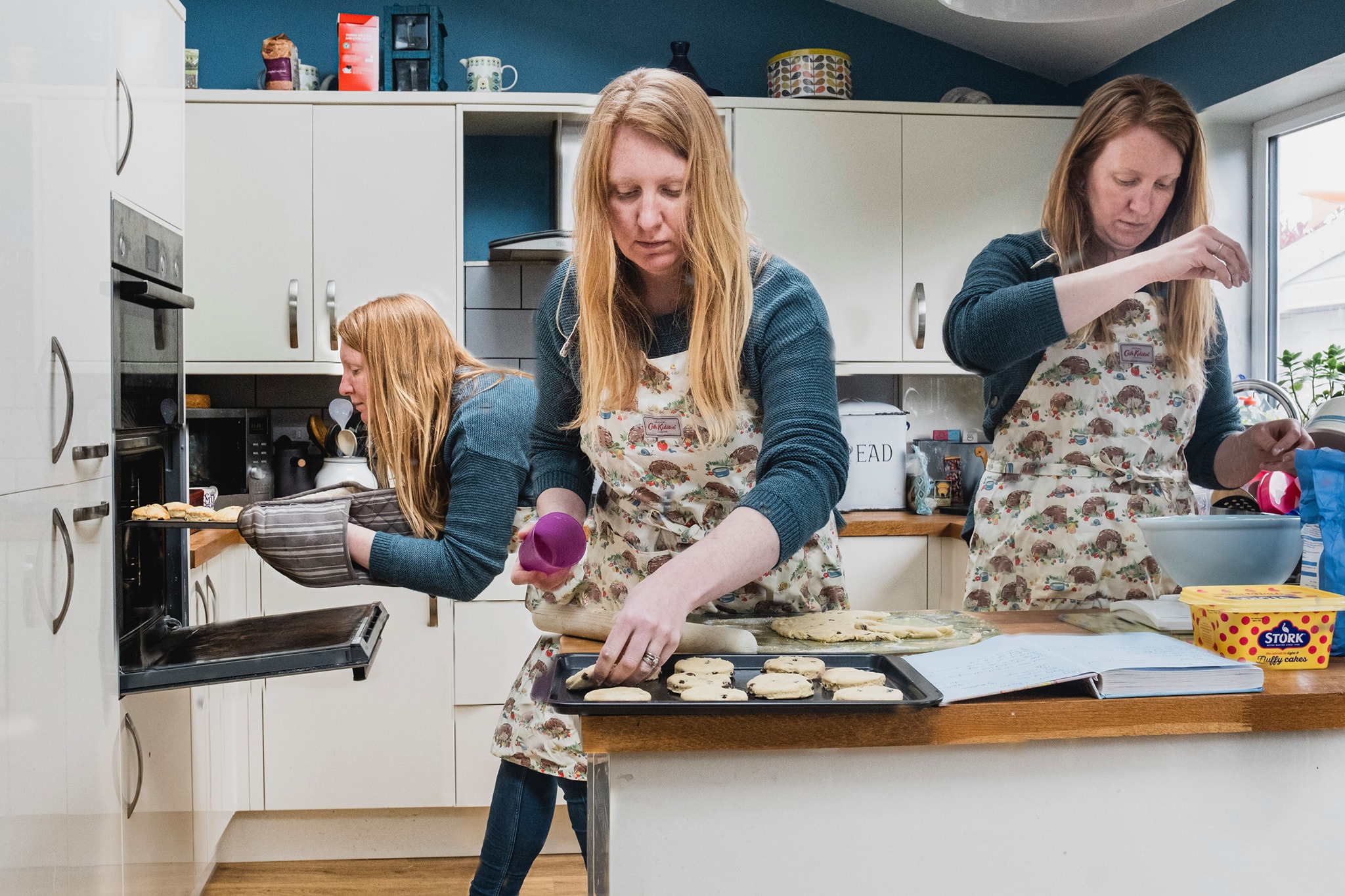
Photo by Morgan Wallace
Tuesday: CLOSE UP
Idea: Close-up photography in a family setting is about more than just capturing a subject; it's about telling a story through the smallest of details. It allows you to focus on the aspects of your family life that might go unnoticed in the broader scene. This approach encourages you to slow down, observe, and appreciate the intricate details that make up your family’s daily life.
What to capture? This is such an open category, you could take the detail oriented approach to so many things. Here are some ideas:
- Expressions and Emotions: Zoom in on faces, focusing on expressions. Capture the twinkle in an eye, the curve of a smile, or a thoughtful frown. These intimate portraits can convey a depth of emotion and character.
- Textures and Patterns: Observe the textures and patterns in your family environment – the weave of a favorite blanket, the pattern on a well-loved outfit, or the smoothness of a wooden toy. These details add a tactile element to your story.
- Interactions with Objects: Focus on the ways your family interacts with everyday objects. A child's hand holding a crayon, fingers turning the pages of a book, or hands molding clay can tell a story about hobbies, interests, and stages of development.
- Storytelling through Details: Use close-ups to tell a wider story. For instance, a close-up of muddy boots can tell of an adventurous day out, or a close-up of flour-covered hands can speak of a baking session. These details, while small, are chapters in your family’s story.
- Capturing Growth and Change: Focus on elements that illustrate growth and change, like the lengthening of hair, the outgrowing of clothes, or the evolution of a drawing style. These changes, when captured up close, document the passing of time in a poignant way.

Photo by Emily Eatough
Wednesday: WINDOW
Idea: The window prompt in family photography is not just about what you see through the glass; it’s about the stories, emotions, and interactions that unfold around it. In family photography, a window can frame life’s intimate moments, create a play of light and shadows, and give us a unique view - both in and out. A window can be a frame, a light source, a backdrop but also a reflective surface - all depends on your point of view! Quite literally!
What to capture? Capture your kids members looking out the window, lost in thought, or gazing at the natural world outside. Alternatively, shoot from the outside looking in, capturing a candid, unguarded moment of family life. Use the natural light that windows let in to create mood and atmosphere. Morning light can cast a gentle glow, while late afternoon light can create dramatic shadows and silhouettes. Experiment with backlighting for a dreamy, ethereal effect. Use the reflective quality of glass to create layered images. Capture the reflection of your child’s face superimposed on the outdoor scene, blending the inside and outside worlds and symbolizing their thoughts and dreams. Use the window to frame your subjects, creating a natural boundary and focusing the viewer’s attention. Capture activities that happen near the window – painting on the glass, cleaning, or decorating.
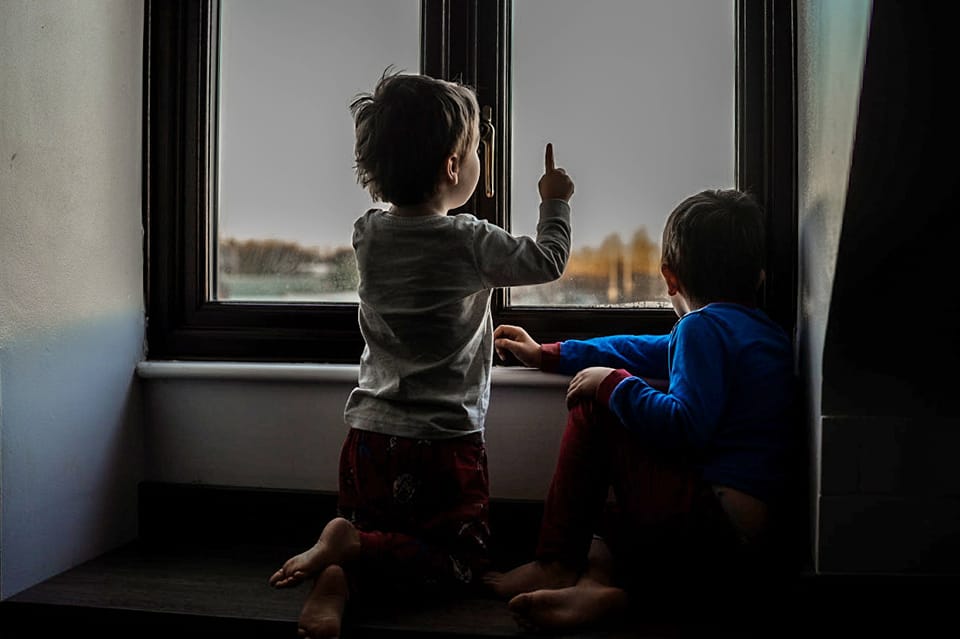
Photo by Helen Murphy
Thursday: CUDDLES
Idea: Cuddles are a universal language of love and comfort in a family, and capturing these moments through photography means capturing your family's love story. Cuddles are about more than just physical closeness; these moments, often quiet and unassuming, can be among the most powerful and emotive images in your family's photographic narrative. From a sleepy morning embrace to a comforting hug after a long day, they are laden with emotion and significance.
What to capture? Focus on the expressions and emotions evident during cuddle moments. The peaceful face of a sleeping child in a parent's arms, the joy in a hug, or the security felt in a grandparent's embrace tells a story about the strength and depth of family bonds. Pay attention to the small details – interlocked fingers, a gentle stroke of hair, or the way clothes bunch up during a tight hug - these details add a tactile element to your photos, making them more engaging and intimate. Capture the setting of these cuddle moments - a cozy corner, a familiar couch, or a special ‘cuddle spot’ can add context to the story, making the image more relatable and heartwarming. Experiment with different perspectives and compositions. An overhead shot of a cuddle can capture the entire scene, while a close-up can focus on the faces and emotions. Consider using a wide aperture to softly blur the background, keeping the focus on the subjects.
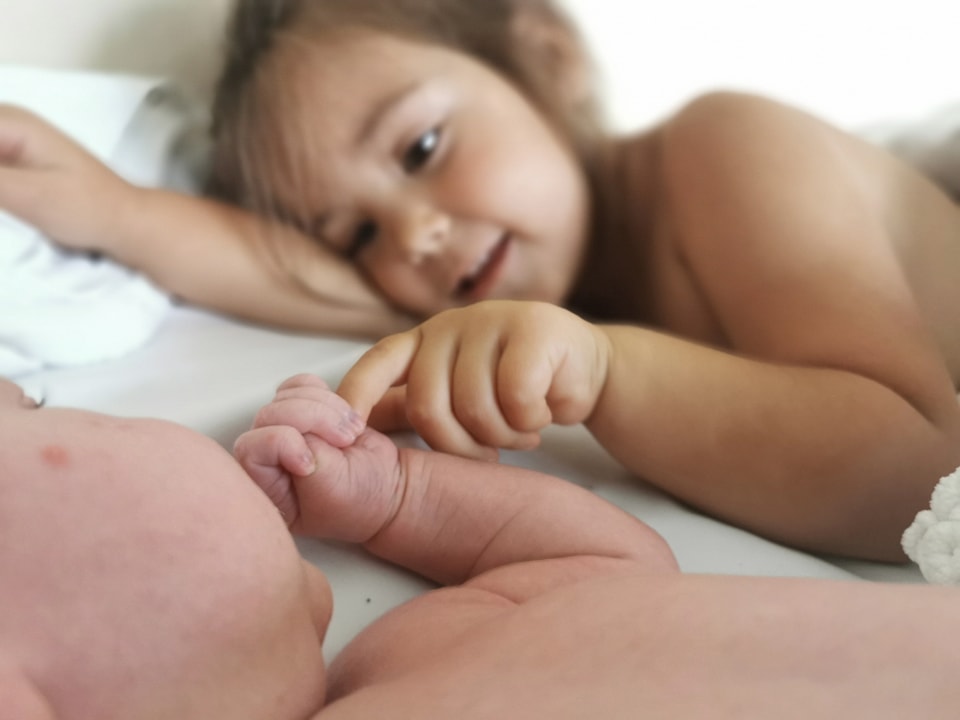
Photo by Alise Zukule
Friday: OUTDOOR PLAY
Idea: Outdoor play in family photography is about capturing the freedom and joy of childhood. By focusing on movement, emotion, and the environment, your images will resonate with the energy and innocence of these precious moments. Outdoor play is the realm of endless imagination, energy, and interaction with the natural world. In family photography, capturing these moments is about more than just documenting playtime - these images tell stories of adventure, learning, and the simple pleasures of being outdoors.
What to capture? Look for elements that tell a story about the play. This could be a trail of footprints in the mud, a collection of gathered sticks and stones, or a makeshift fort. These elements can provide context and depth to the narrative of outdoor play. Experiment with different perspectives to make your images more dynamic. Get down to your child’s level to see the world from their point of view, or try an elevated angle for an overview of the play area. While posed shots have their place, candid and spontaneous photos often capture the true essence of outdoor play. Capture moments of interaction, whether it's a child playing with a pet, interacting with other children, or a parent joining in the fun. These interactions are rich with emotional content and deepen the story of the image.
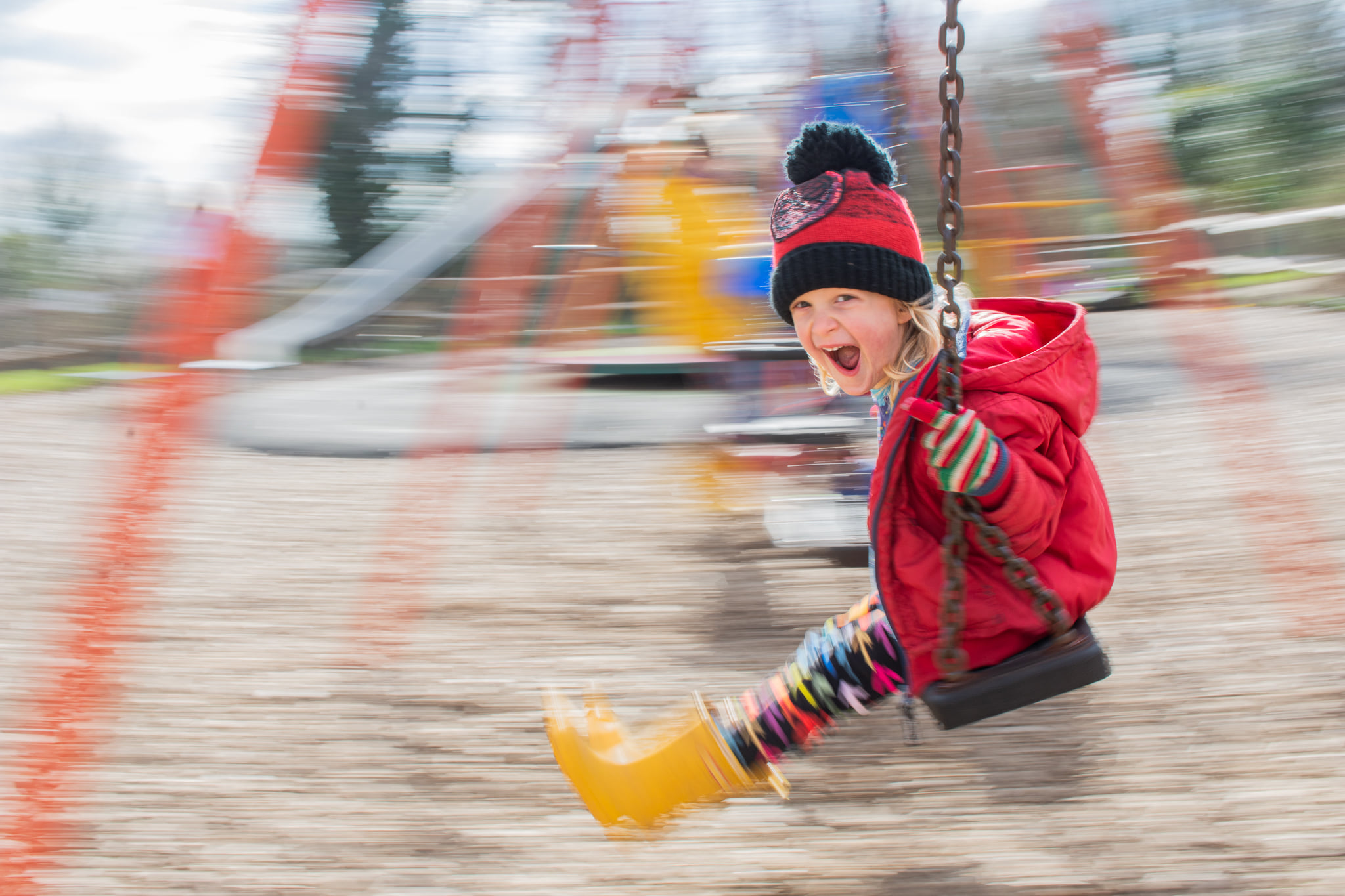
Photo by Hannah Slater
Saturday: SHOPPING
Idea: Shopping with family is a chore, but also an activity full of interactions, decisions, emotions, and observations. Your family could be mere tag-alongs but also willing ( or reluctant) helpers, all of which adds to that family narrative. Capturing a family shopping trip is about observing and documenting the smaller moments that collectively tell a bigger story.
What to capture? Shopping involves making choices so you should be aiming to capture the moment of decision-making, whether it's a child pondering over toys or selecting their favourite fruits. Especially for younger children, shopping can be an adventure. Capture their curiosity as they explore new products or get fascinated by colorful displays. Include the shopping environment in your photos. The aisles of a supermarket, the vibrant stalls of a market, or the quirky decor of a boutique add context and richness to your story. Zoom in on the details — hands holding a shopping list, a child’s hand reaching for a product, or the intricate textures and colors of items in a shop. These close-ups can add a layer of depth to your storytelling. Include wide shots to capture the overall atmosphere of the shopping scene. This could show the scale of the place and the family’s interaction within that space. Use the lighting and color schemes of shopping venues to your advantage. The fluorescent lights of a supermarket create a different mood compared to the warm glow of a local shop. Sometimes, what’s in the shopping cart can tell a story too!
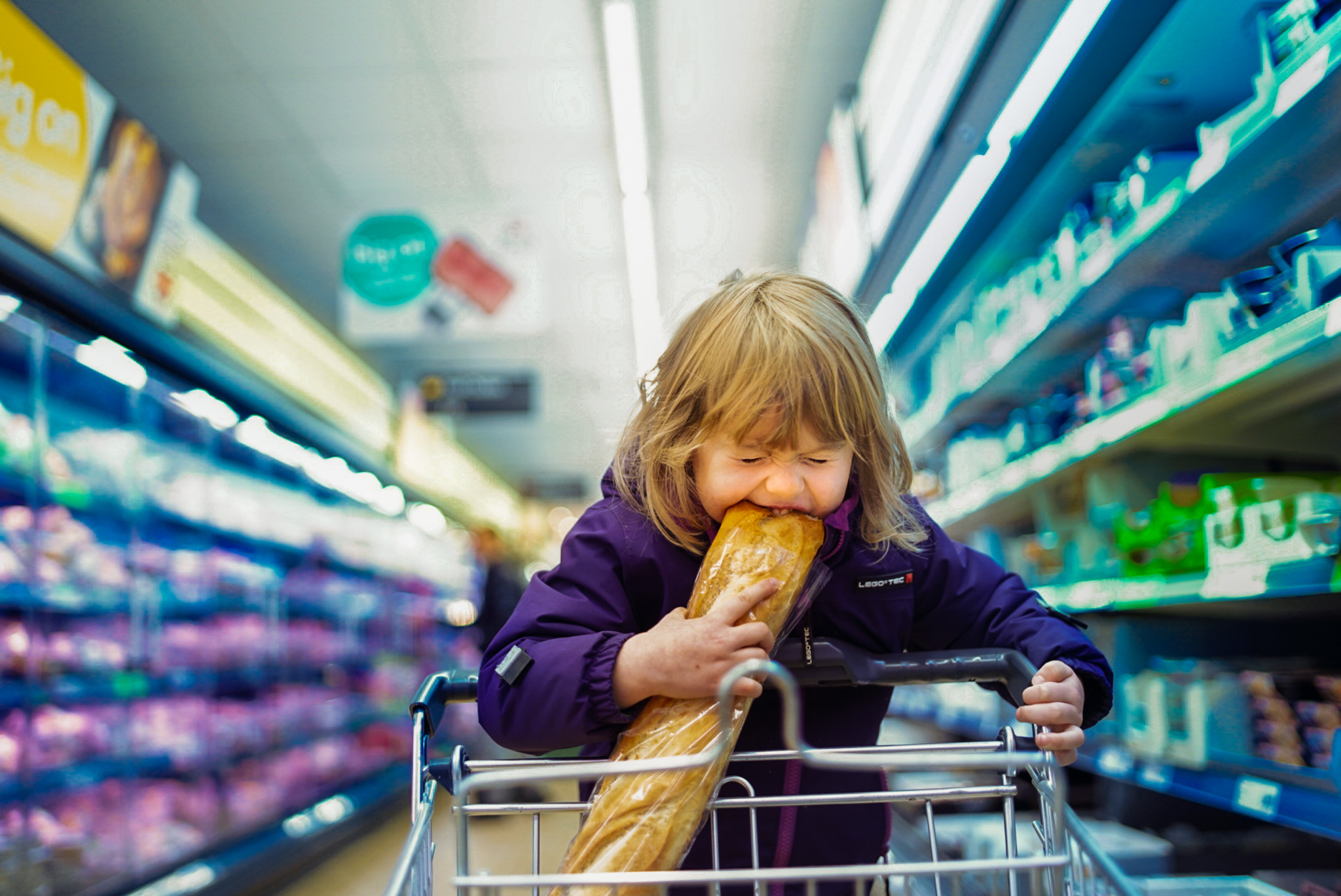
Photo by Ania WL
Sunday: ARTS AND CRAFTS
Idea: yes it's messy. Yes the glitter gets everywhere, but it's also a quiet moment, an expression of creativity, experimenting, learning and imagination brought to life! In family photography, capturing these moments is about documenting the process of creation and the joy it brings.
What to capture? Don't shy away from capturing the mess and chaos that often accompany arts and crafts. Spilled paint, messy hands, scattered beads, or a table strewn with paper scraps can add a sense of authenticity and fun to your images. It shows the creative process in its true, unfiltered form. Arts and crafts are all about colors and textures. Use these elements to create visually striking images. Look for emotional reactions during the crafting process – the pride in completing a project, frustration at a challenging task, or joy in creating something beautiful. Don’t forget to capture the finished products. A child holding up their artwork with a beaming smile or a collection of handmade crafts can be a proud moment for both the child and the parent. Experiment with different perspectives. Overhead shots can capture the layout of the crafting area, while shots at the child’s eye level can provide a more intimate view of their world.
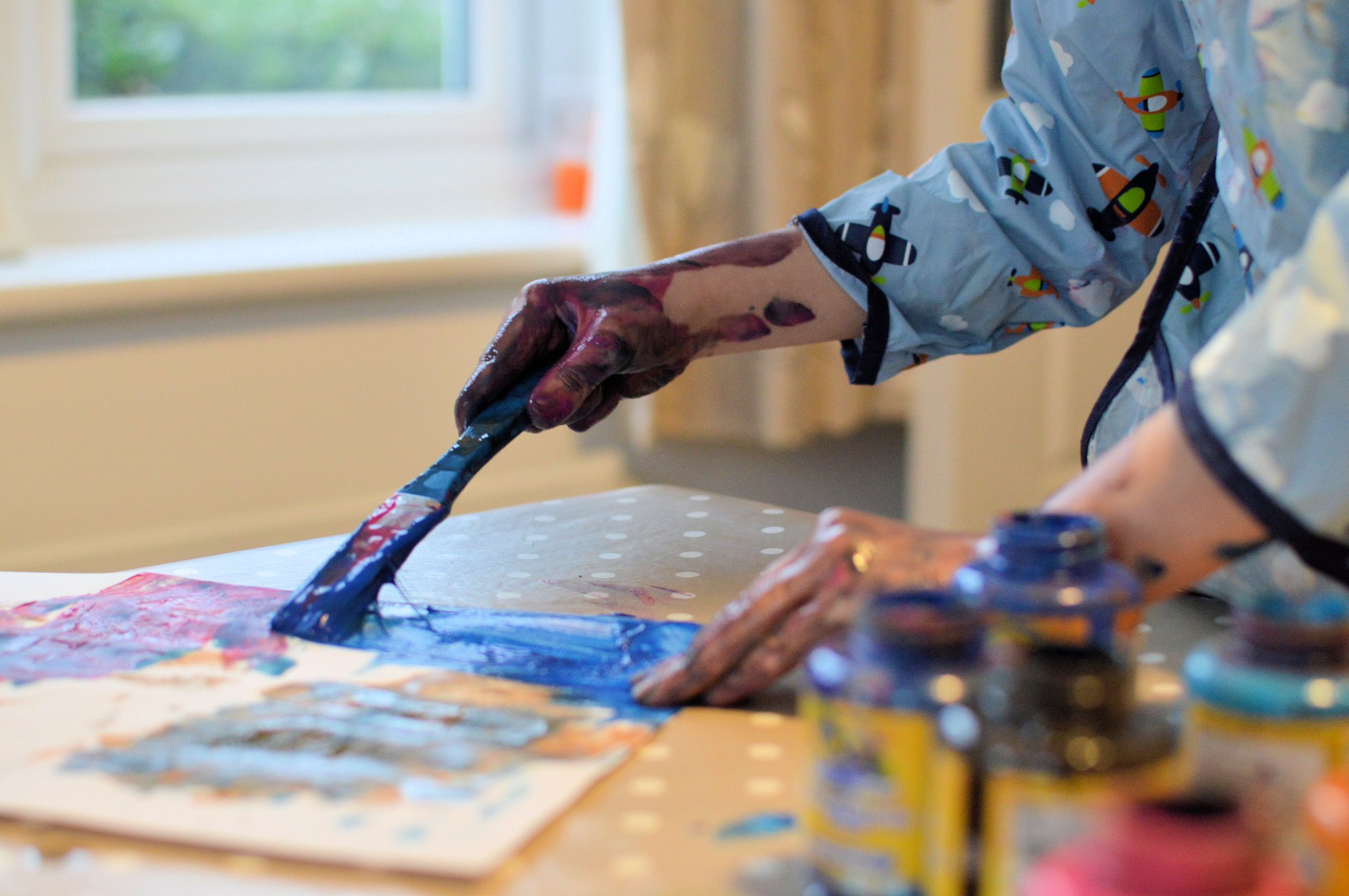
Photo by Helen Grey
For more examples, ideas and daily inspiration, follow us on instagram at @photoparents!
